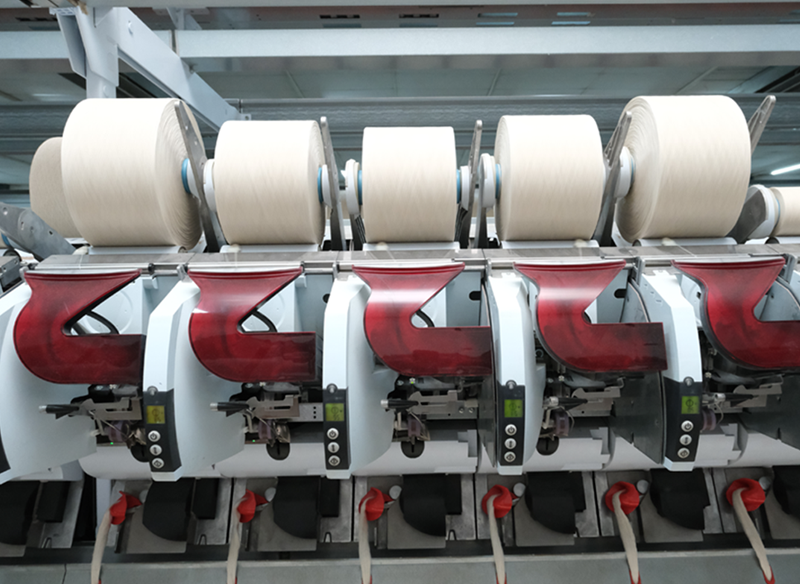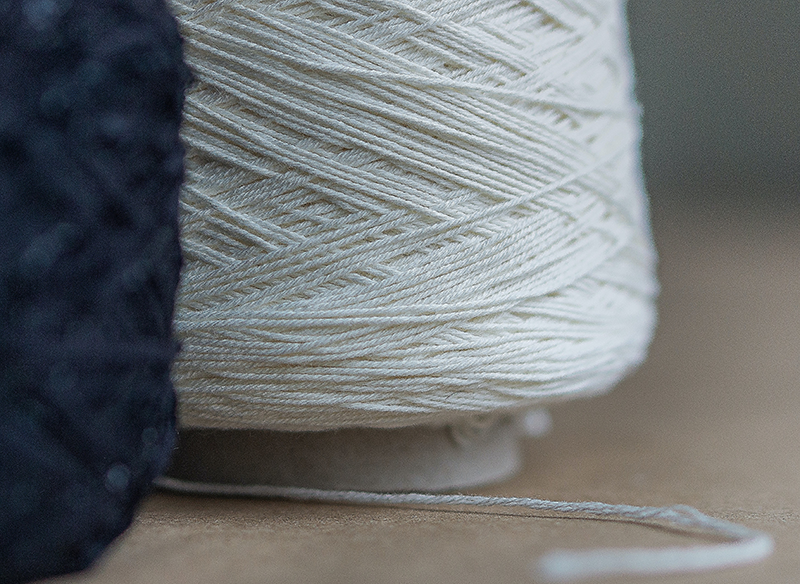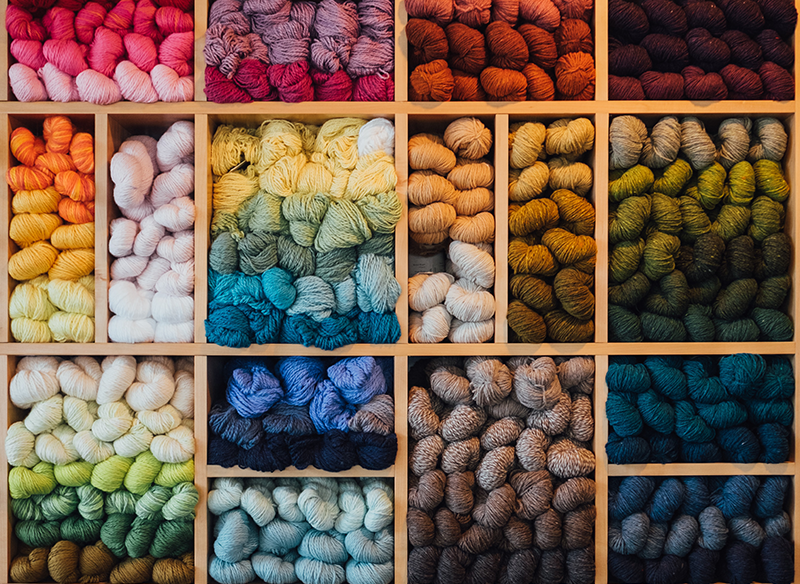Cotton yarn supports clothes and home textiles. High-quality cotton yarn demand is affected by population increase, disposable incomes, and ethical fashion awareness. Global textile growth will come from Asia, mainly India and China. High-quality cotton yarn is used to manufacture fashion and home fabrics that meet standards.
Bangladesh, Vietnam, and Turkey import quality yarn for textiles. Many businesses require durable, flexible cotton yarn. Manufacturing quality control has increased due to demand for organic and sustainable cotton yarns for eco-friendly products.
Radheshyam Spinning Mills demonstrates how quality, innovation, and strategic planning can take a textile company worldwide. By offering high-quality cotton yarn and adapting to market developments, the company has earned worldwide textile producers’ trust. Rising global demand for quality cotton yarn allows Radheshyam Spinning Mills to meet industry needs and promote sustainable textile production.
Radheshyam Spinning Mills serves global industry
Radheshyam Spinning Mills dominates cotton yarn since 2011. Rajkot, India-based company makes high-quality cotton yarn that meets global standards.
1. Advanced Production:
Radheshyam Spinning Mills uses modern equipment to make high-quality yarns. Its production skills allow it to fulfill large orders and achieve international quality standards. Modern technology reduces errors and produces high-quality yarns.
2. Quality Promise:
Radheshyam Spinning Mills values quality. The company ensures cotton quality from procurement to spinning. This commitment to quality earned the organization OEKO-TEX and GOTS certifications, which ensure global standards.
3. Sustainable Practices
To address demand for sustainable textiles, Radheshyam Spinning Mills has implemented many eco-friendly practises. Radheshyam Spinning Mills reduces environmental effect to follow worldwide sustainable and ethical production trends.
4. Product Range Flexibility:
In addition to denim, Radheshyam Spinning Mills sells knitted, hosiery, and terry towel cotton yarns. With its versatility, the organization can provide fashion and household textiles. The ability to make yarns in different counts and standards improves its global appeal.
5. Strong Market Presence:
Radheshyam Spinning Mills expanded domestically and internationally. Exporting high-quality cotton yarn to several countries has given the company a reliable reputation. A strong distribution network delivers products quickly internationally, supporting its market presence.
Enhancing Radheshyam Spinning Mills’ Strategic Advantages
1. Strategic Location and Supply Chain Efficiency:
Radheshyam Spinning Mills benefits from Rajkot, Gujarat’s cotton production. Near raw material sources assures a consistent supply of high-quality cotton and lowers shipping costs and lead times. Integrated supply chain management promotes operational efficiency, allowing the organization to adapt swiftly to market demands and stay competitive.
2. Innovate, research
Radheshyam Spinning Mills spends extensively in R&D since textiles depend on innovation. The company innovates to improve yarn quality and output. Radheshyam Spinning Mills can meet fashion and textile industry needs, especially specialty market yarns, by staying ahead of technology.
3. Customer Focus:
Customer-centricity has made Radheshyam Spinning Mills successful. The company values client needs and customized solutions. Radheshyam Spinning Mills goes above and above to please customers by developing special yarns or meeting tight delivery deadlines. This long-term relationship focus has earned the company global client trust.
4. Global Market Access and Export Strategy:
Radheshyam Spinning Mills expanded their market with rigorous export planning. Quality cotton yarn from the company is popular in Europe, Asia, and North America. By attending worldwide trade shows and establishing strong distribution networks, Radheshyam Spinning Mills has entered key markets and expanded globally. International expansion increases brand awareness and revenue diversity.
5. Engagement of Workers and Communities
Radheshyam Spinning Mills knows excellent productivity requires skilled and motivated workers. The company trains its employees on new skills and information. Radheshyam Spinning Mills promotes CSR and community projects. Helping local communities and building a pleasant workplace supports sustainable growth.
6. Growth and prospects:
Quality, innovation, and sustainability will grow Radheshyam Spinning Mills. The company wants to expand production and enter new markets to meet worldwide demand for high-quality cotton yarn. Radheshyam Spinning Mills may provide mixed and specialized yarns for textiles.
Conclusion
For durable, eco-friendly, and multipurpose textiles, high-quality cotton yarn is in demand globally. Radheshyam Spinning Mills leads in quality, sustainability, and innovation. With its advanced production, quality commitment, and global market presence, Radheshyam Spinning Mills can match textile industry expectations. The company will thrive and contribute to sustainable and premium textile production as demand for high-quality cotton yarn rises.




